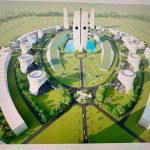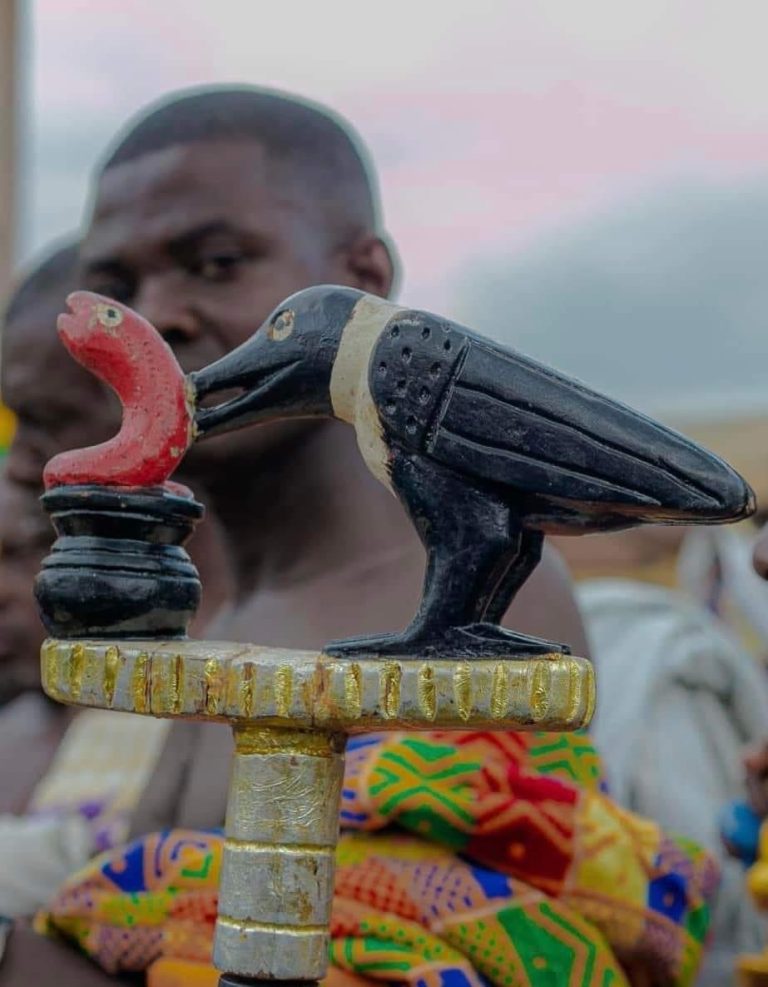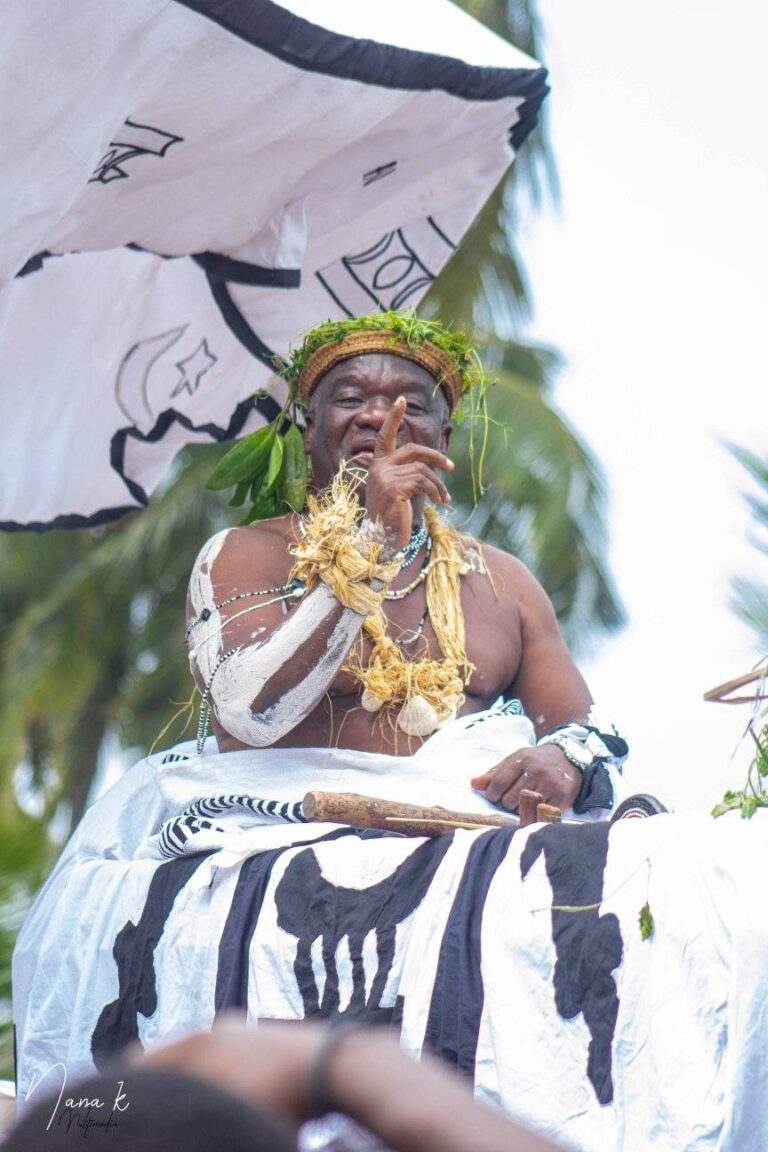Chronicles of Gomoa: Echoes of Divinity and the Sovereign Spirit


Within the storied chronicles of the Gomoa people, the descendants of intrepid Borbor Fante voyagers, a saga unfolds, narrated not by ink on parchment but by the living breath of oral tradition. It was Gomoa, the respected matriarch of the Nsona Clan, who, circa 1200, guided her people from the legendary Bono Kingdom to the abundant grounds of Mankessim. Here, amid the rustling whispers of the divine, they traversed the rivers Emirakye and Nakokye, planting the roots of their future in Gomoa Maim, a cradle of their burgeoning civilization.
In Gomoa Maim, the air still hums with the spirit of Osofo Kofi Ahor and Okomfo Akomanyi, the spiritual sentinels who erected the Ahor Shrine, an enduring symbol of faith and fortitude. It is here the Ahobaa festival blooms, a commemoration steeped in the valor of Osofo Ahor, whose sacrifice to the gods weaved an enduring fabric of unity and protection, forever enshrined in the ‘Great Oath of Akyempim’: ‘Ahor Ntamkese Fida.’
From the heart of Gomoa Maim emerged Antseadze, the second settlement, a bastion carved from the depths of the forest against the counsel of kin. Here, Opantsir rose as the ‘Ohen,’ the chief of this nascent enclave. In the throes of the Sasabor war, it was Amoasa Obuaben Otsiaba, hailing from Antseadze, whose valor in leadership earned his lineage the eternal right to the chieftaincy, a legacy that endures to this day.
Under the first ‘Omanhen,’ the realm of Gomoa Assin was sculpted into a stronghold of governance, its might reflected in the ‘Ngwaba’—five divisions commanding an assembly of towns and villages. This structured collective, from the steadfast Frontline to the vigilant Vanguard, each division a guardian of Gomoa’s lore and order, stands testament to the intricate governance and unity that has long characterized the Gomoa state.
The chronicle of Gomoa Assanba-Ajumako carries the tale of Assan and Opostin, siblings whose journey southward from Gomoa Assin birthed a new chapter. Amidst familial tides, they founded the Gomoa Ajumako Traditional Council, an entity distinct yet intertwined with Gomoa Assin, together comprising the proud expanse of ‘One Gomoa.’
This narrative of Gomoa is a living chronicle, echoing the resilience, the divine-led journey, and the enduring customs that have shaped the Gomoafo people. It is a story that persists with vigor, as the sons and daughters of Gomoa uphold the legacy of their forebears, their every stride into the future a testament to the unyielding spirit of their past.










